
California, a state frequently at the vanguard of economic, technological, and societal trends, presents a compelling study of modern governance and environmental stewardship. Situated in the Western United States along the Pacific Coast, it is a region of vast contrasts—from bustling metropolitan centers to serene redwood forests and arid deserts—that collectively shape its distinct identity and policy landscape. With almost 40 million residents spread across 163,696 square miles, it stands as the largest state by population and the third-largest by area, a scale that amplifies both its achievements and its challenges.
This immense scope has historically positioned California as a crucible for innovative solutions, particularly in response to its dynamic environment and a rapidly expanding populace. The state’s trajectory, from its early indigenous settlements to Spanish colonization, Mexican independence, and eventual admission into the U.S. as the 31st state, has forged a unique societal fabric. This historical progression, coupled with its natural endowments and vulnerabilities, has cultivated an environment where progressive local initiatives and overarching state policies often emerge as responses to complex, interconnected issues.
Indeed, California’s journey reflects a continuous engagement with forces that demand foresight and adaptive strategies. From managing its immense water resources to pioneering environmental regulations and fostering global technological advancements, the state’s characteristics inherently create a fertile ground for discussions surrounding sustainability, energy independence, and community-led reforms. The underlying elements of California’s profile—its economic engine, its historical relationship with the environment, its innovative spirit, its diverse terrain, and its demographic shifts—offer crucial context for understanding the potential for groundbreaking decisions at any level of governance within its borders.
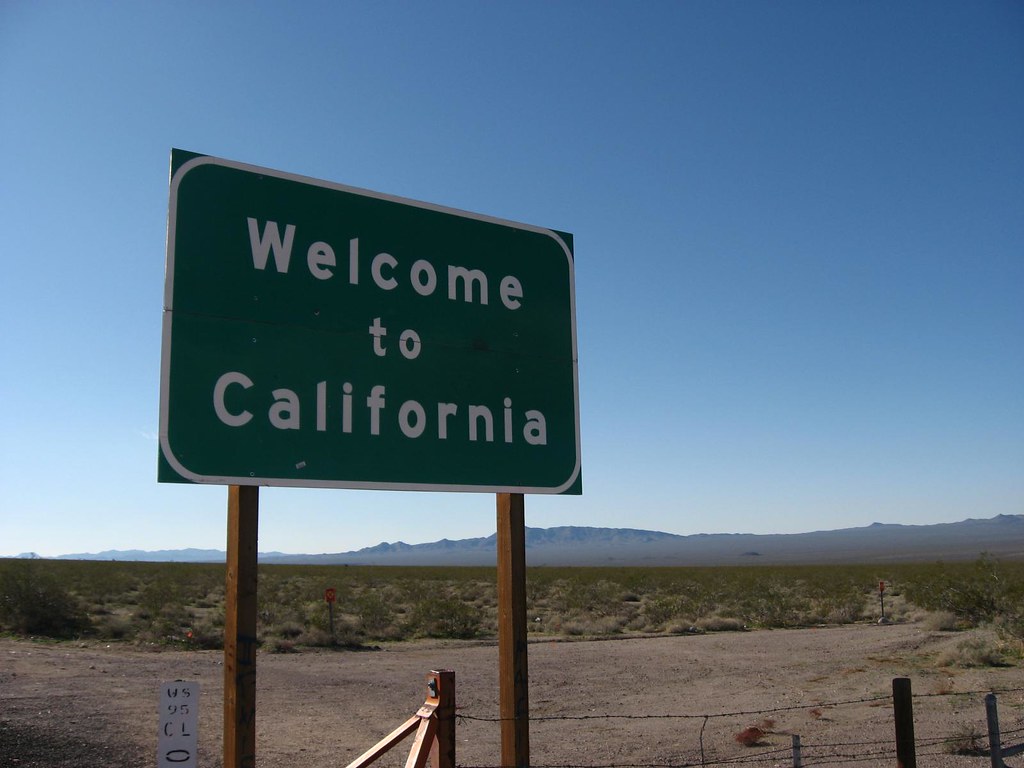
1. **California’s Economic Might and Global Reach**California stands as an unparalleled economic force, not just within the United States but on the global stage. Its estimated 2024 gross state product of $4.172 trillion as of Q4 2024 solidifies its position as the largest sub-national economy in the world. Were California an independent nation, it would rank as the fourth-largest economy globally by nominal GDP as of 2025, surpassing even Japan and trailing only Germany, a testament to its immense productivity and innovation.
This economic prowess is multifaceted, driven by several key sectors that contribute significantly to both national and international commerce. The state’s agricultural industry, for instance, leads the nation in output, fueled by its production of dairy, almonds, and grapes. This agricultural strength, however, operates alongside a highly advanced industrial base and a service sector that commands global attention, showcasing a remarkable diversification that underpins its resilience.
Beyond its domestic production, California plays a pivotal role in the global supply chain, highlighted by the Port of Los Angeles, which is recognized as the busiest port in the country. This critical logistical hub is responsible for hauling in about 40% of goods imported to the U.S., underscoring the state’s integral connection to international trade and its significant influence on consumer markets nationwide. Such economic magnitude not only generates wealth but also provides the resources and impetus for robust policy development and ambitious public works.
The state’s economic landscape is further defined by its contributions to popular culture, with Hollywood in Los Angeles serving as the center of the U.S. film industry and one of the oldest and largest film industries globally. This entertainment powerhouse, profoundly influencing global entertainment since the 1920s, complements the technological innovation emanating from the San Francisco Bay’s Silicon Valley, which is recognized as the center of the global technology industry. These dual pillars of creativity and technology demonstrate California’s capacity to lead in diverse, high-value sectors, enabling it to shape economic and social discourse far beyond its geographical boundaries.
Read more about: Strategic Foundations: Understanding the U.S. Military’s Global Power and Operational Framework
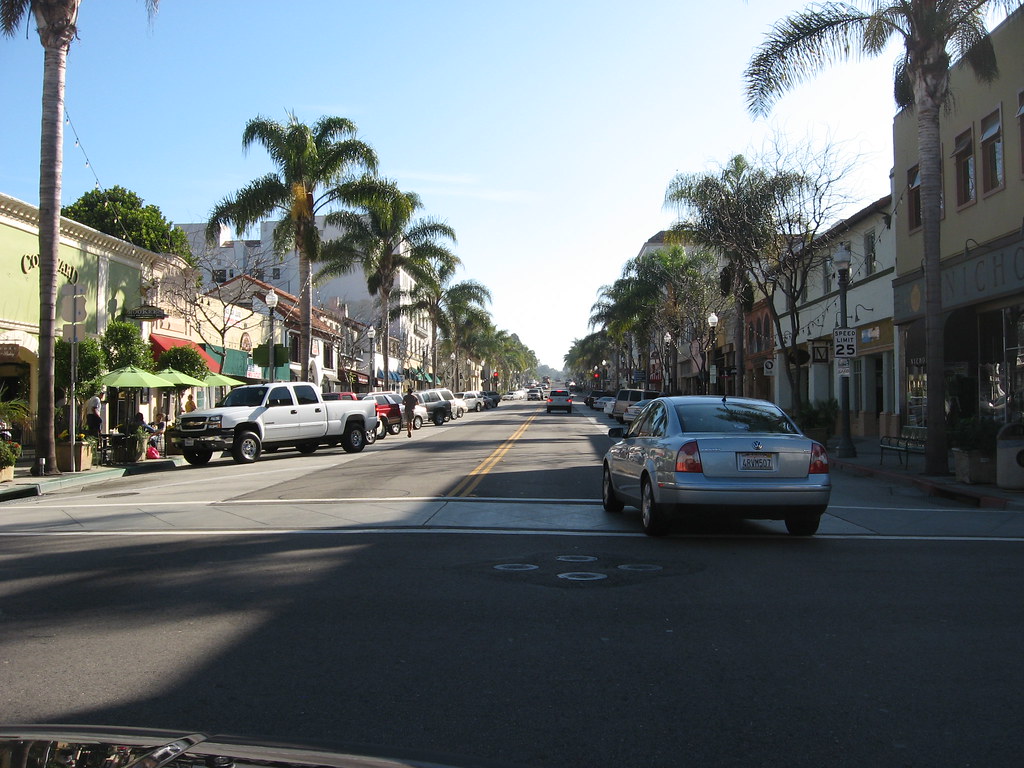
2. **A Legacy of Environmental Policy and Action**California has long been at the forefront of environmental awareness and policy implementation, driven by its unique geography and a persistent struggle with environmental challenges. Early in the 20th century, the state began to grapple with issues such as “brown haze known as ‘smog’,” which led to significant health problems. In response to these growing concerns, the state, in conjunction with federal mandates, enacted “restrictions on automobile exhaust” that substantially abated the pervasive air pollution.
This proactive stance has continued into the 21st century, as California confronts the escalating realities of climate change. The state has been plagued by “droughts and frequent wildfires,” with the period from 2011 to 2017 experiencing the worst drought in its recorded history, and 2018 marking its deadliest and most destructive wildfire season. Simultaneously, the state faces the increasing prevalence of “atmospheric rivers…leading to intense flooding events—especially in the winter,” presenting a complex hydrological challenge that necessitates innovative management strategies.
California’s environmental journey also includes a renewed appreciation for historical ecological practices. In a notable development, the California government formally recognized the benefits of indigenous practices such as “controlled burning” in 2022. This acknowledgment reflects an evolving understanding of sustainable ecosystem management and a willingness to integrate traditional knowledge into contemporary environmental strategies aimed at mitigating destructive large wildfires from ravaging the natural environment.
The challenges of air pollution, water scarcity, and climate-induced disasters have fostered a culture of environmental advocacy and regulatory innovation. California’s history demonstrates a consistent pattern of identifying environmental threats and deploying state-level solutions, often setting precedents for other regions. This legacy of addressing complex environmental issues with regulatory frameworks and adaptive strategies underscores the state’s capacity for progressive policy-making.
Read more about: Leo Gerard, 78, Dies: A Detailed Look at the Life and Transformative Impact of a Steelworkers’ President
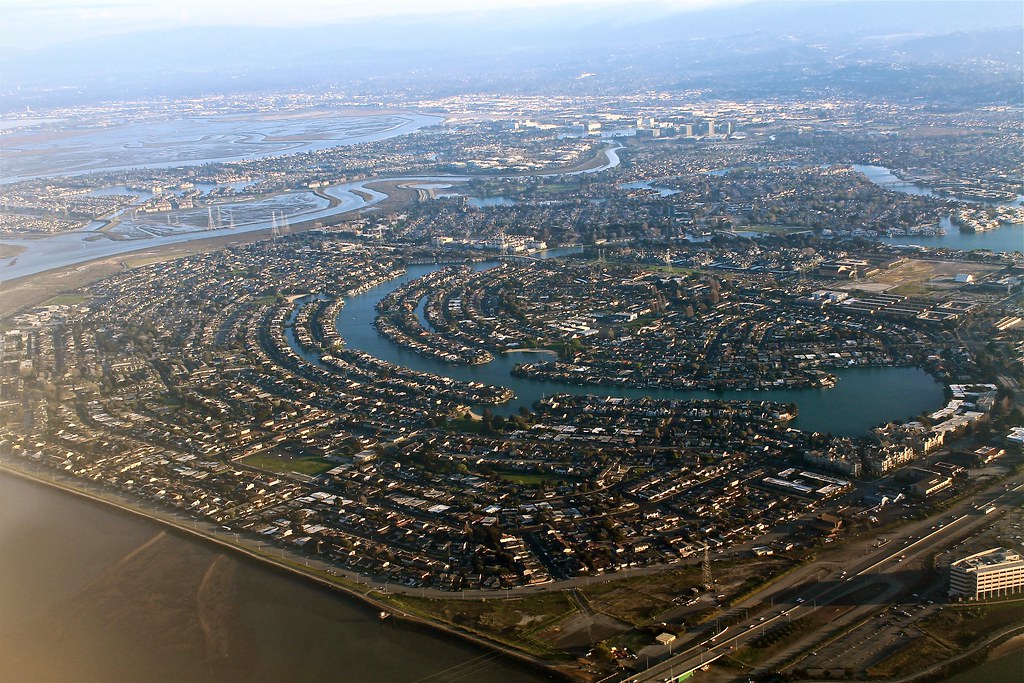
3. **The Nexus of Technology and Innovation: Silicon Valley**At the heart of California’s modern economic and cultural influence lies Silicon Valley, universally recognized as “the center of the global technology industry.” This hub of innovation, nestled in the San Francisco Bay Area, has fundamentally reshaped not only the state’s economy but also the global technological landscape. Its genesis and rapid expansion are rooted in a strategic encouragement of intellectual capital and entrepreneurship.
The transformation of this region into a technological powerhouse was significantly influenced by academic institutions. Stanford University, for instance, played a pivotal role by “encouraging faculty and graduates to stay instead of leaving the state, and develop a high-tech region,” thereby laying the groundwork for what would become Silicon Valley. This deliberate fostering of local talent and research translated into a dynamic ecosystem of startups, venture capital, and established tech giants.
The trajectory of Silicon Valley marked a shift in California’s economic drivers post-World War II. While the state’s economy initially expanded due to strong aerospace and defense industries, which “decreased following the end of the Cold War,” the emergence of the tech sector provided a new engine for growth. This adaptability highlights California’s capacity for economic reinvention and its ability to pivot towards emerging global opportunities.
The groundbreaking developments emanating from Silicon Valley, such as “The 2007 launch of the iPhone by Apple founder Steve Jobs,” symbolize the region’s continuous contribution to global innovation. This relentless pursuit of technological advancement not only creates vast wealth and employment opportunities but also positions California as a leader in developing future-oriented solutions, including those that could address environmental and energy challenges.
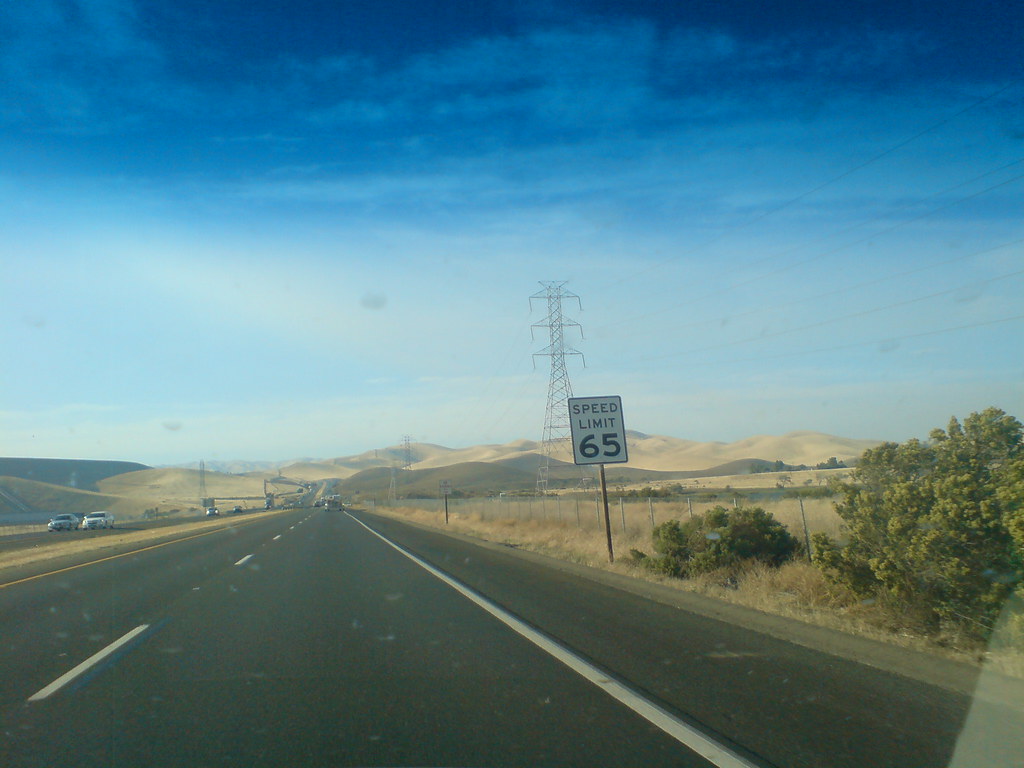
4. **Unparalleled Geographic and Climatic Diversity**California’s geography is as varied as it is expansive, making it one of the most geographically diverse states in the nation. Covering an area of 163,696 sq mi, it spans a remarkable range of landscapes, from its extensive Pacific Coastline to towering mountain ranges, fertile valleys, and arid deserts. This diversity fundamentally shapes the state’s ecosystems, resource distribution, and the challenges faced by its communities.
The state’s topography includes prominent features such as the Sierra Nevada, Spanish for “snowy range,” which hosts Mount Whitney at 14,505 feet, the highest peak in the contiguous 48 states. This range is also home to iconic natural wonders like Yosemite Valley and Sequoia National Park, with its giant sequoia trees, which are the largest living organisms on Earth. To the east of the Sierra Nevada lies Death Valley, containing the Badwater Basin at −279 feet, the lowest and hottest place in North America, illustrating an extraordinary vertical range within a relatively short horizontal distance.
Central to the state is the California Central Valley, a “fertile agricultural area” bounded by mountain ranges on all sides. This valley, divided into the Sacramento Valley and the San Joaquin Valley, is California’s productive agricultural heartland, sustaining a vast portion of the nation’s food supply. The varying elevations and proximity to the ocean or inland deserts contribute to a mosaic of climates across the state.
Indeed, the “large size of the state results in climates that vary from moist temperate rainforest in the north to arid desert in the interior, as well as snowy alpine in the mountains.” Most of the state experiences a Mediterranean climate, characterized by cool, foggy summers near the coast due to the California Current, contrasting with hotter summers and colder winters farther inland. This complex interplay of geography and climate creates distinct regional needs and impacts, necessitating localized and adaptable approaches to environmental management and urban planning.
Read more about: Strategic Foundations: Understanding the U.S. Military’s Global Power and Operational Framework

5. **Rapid Population Growth and Urbanization**California’s demographic trajectory has been marked by explosive growth and significant urbanization, fundamentally altering its social, economic, and environmental fabric. With “almost 40 million residents,” it holds the distinction of being the largest state by population, a figure that has burgeoned dramatically over the last century. This rapid expansion places considerable demands on the state’s resources and infrastructure.
The state’s population growth accelerated during the early 20th century, notably “From 1900 to 1965, the population grew from fewer than one million to the greatest in the Union.” This influx was further fueled by events such as the Gold Rush, which saw the settler population multiply from 8,000 in 1846 to 100,000 by 1850, and later by immigration attracted by work opportunities in war factories during World War II.
The majority of California’s population is concentrated in several major metropolitan areas, making urbanization a defining characteristic. The Greater Los Angeles and San Francisco Bay areas are the nation’s second- and fifth-most populous urban regions, with 19 million and 10 million residents respectively. Los Angeles itself is the state’s most populous city and the nation’s second-most, creating vast urban sprawls that present unique challenges related to transportation, housing, and resource consumption.
This intense urbanization has profound consequences, notably on housing affordability and daily commutes. As “Housing prices in urban areas continued to increase,” a trend observed where “a modest home which in the 1960s cost $25,000 would cost half a million dollars or more in urban areas by 2005,” many residents were compelled to commute “longer hours to afford a home in more rural areas while earning larger salaries in the urban areas.” This dynamic underscores the persistent pressures on infrastructure, land use, and the environment, highlighting the intricate relationship between population density, economic opportunity, and quality of life within the state.
Read more about: Understanding the United States: A Comprehensive Look at Its History, Geography, and Governance
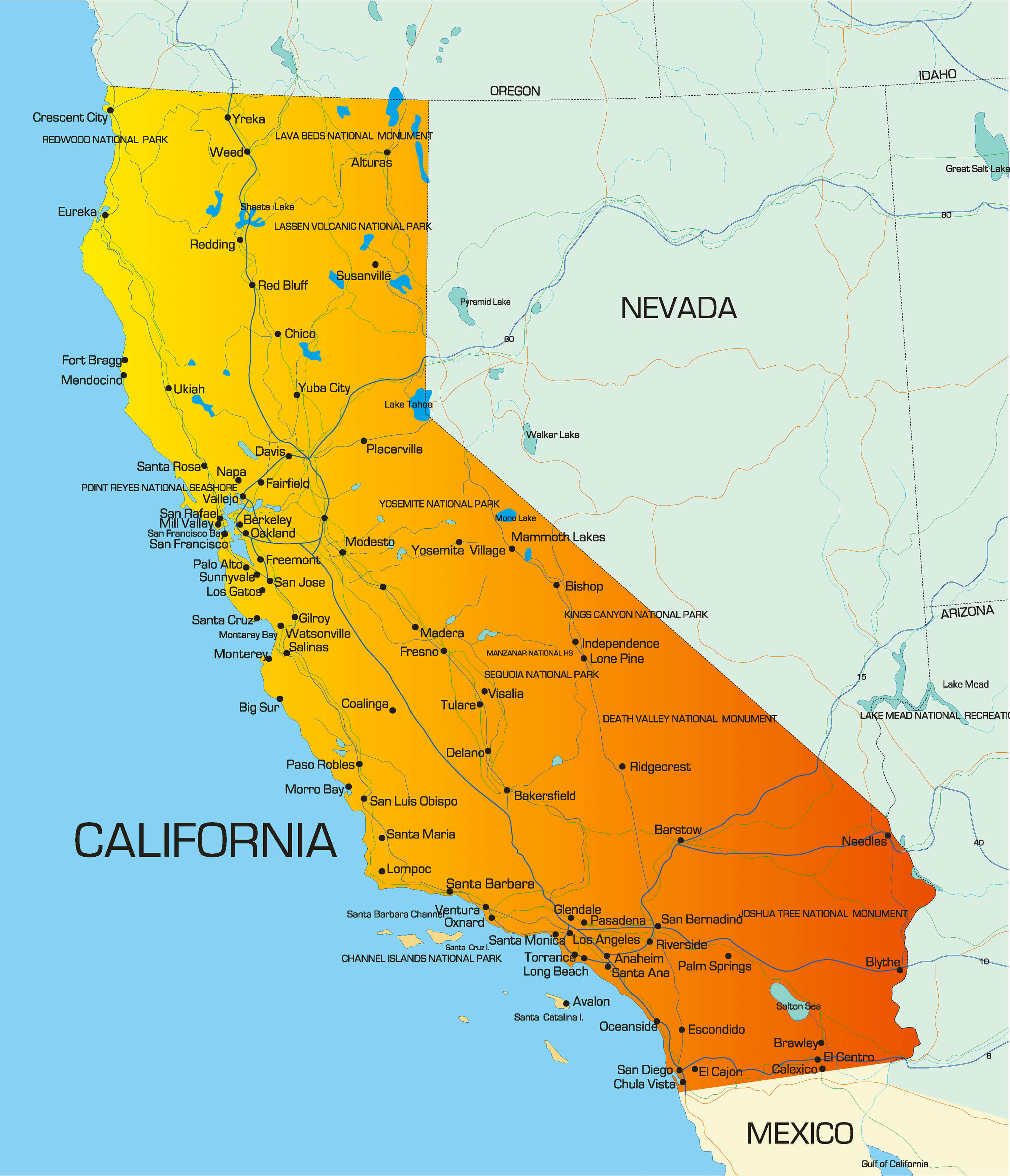
6. **California’s Critical Water Infrastructure and Management Strategies**California’s prosperity, fueled by its formidable agricultural sector and burgeoning urban centers, is inextricably linked to its extensive and intricate water infrastructure. The very sustenance of nearly 40 million residents and the verdant fields of the Central Valley hinges upon a sophisticated network of water diversion and delivery systems. This dependence has compelled the state to construct monumental engineering feats, such as the California and Los Angeles Aqueducts, and the Oroville and Shasta Dams, which stand as testaments to human ingenuity in overcoming geographical limitations.
Central to this system is the Sacramento-San Joaquin River Delta, which serves as a critical water supply hub for the entire state. From this vital confluence, water is methodically diverted through an extensive network of pumps and canals that traverse nearly the entire length of California. These projects are engineered to address the vast needs of the Central Valley, the State Water Projects, and other municipal requirements, providing drinking water for approximately 23 million people—nearly two-thirds of the state’s population—alongside essential irrigation for farmers on the west side of the San Joaquin Valley.
The historical narrative of California’s water management is not without its significant consequences. The case of Tulare Lake, once the largest freshwater lake west of the Mississippi River, serves as a poignant reminder of the profound impact of these diversions. By the early 20th century, Tulare Lake had entirely dried up, its tributary rivers redirected for the burgeoning demands of agricultural irrigation and municipal water uses. This transformation underscores the long-standing tension between resource availability and consumption, a balance that continues to define California’s relationship with its most precious commodity.
In the 21st century, the state faces persistent and intensified hydrological challenges, primarily manifested in prolonged droughts and, paradoxically, increasingly prevalent atmospheric rivers. The period from 2011 to 2017 witnessed the worst drought in California’s recorded history, placing immense strain on its water reserves and necessitating stringent conservation measures. Simultaneously, these atmospheric rivers lead to intense flooding events, particularly during winter, presenting a complex and often contradictory challenge that demands adaptive management strategies capable of both capturing and mitigating excess water.
Managing these extreme fluctuations—from severe scarcity to overwhelming abundance—is a continuous, high-stakes endeavor for California. The strategies employed must not only secure current water supplies but also anticipate future climate patterns, aiming for resilience in an era of unpredictable weather. The state’s capacity to innovate in water conservation, recycling, and infrastructure resilience will undoubtedly shape its long-term environmental and economic stability.
Read more about: Strategic Foundations: Understanding the U.S. Military’s Global Power and Operational Framework
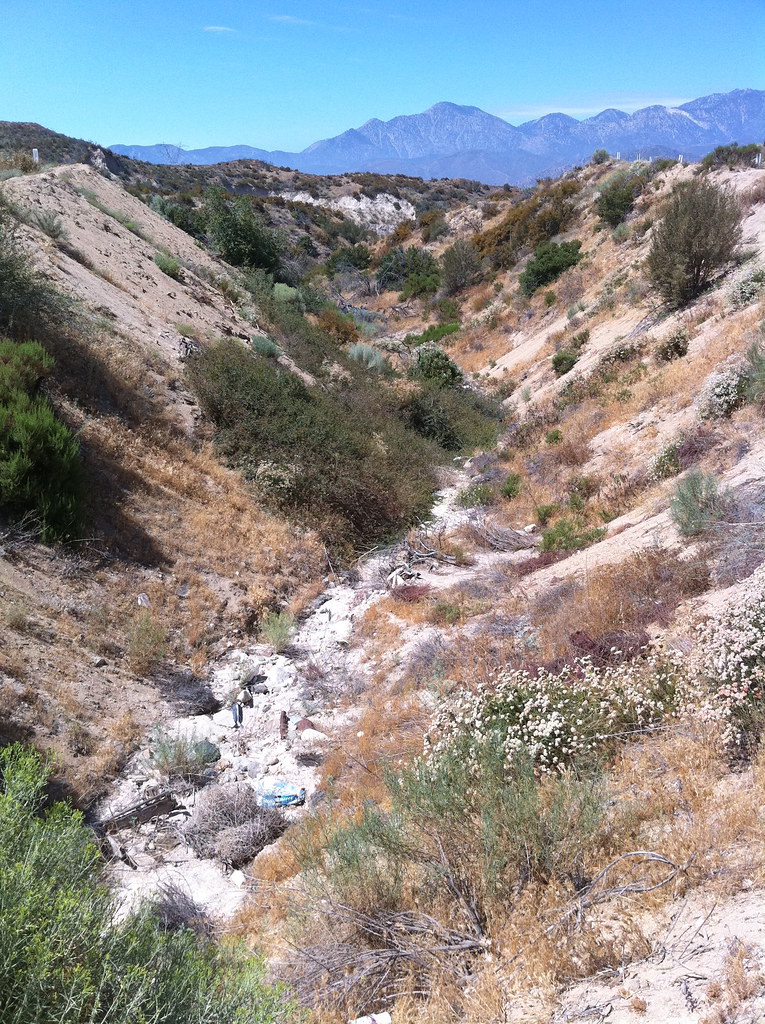
7. **Persistent Considerations: Seismic Activity and Natural Hazards**California’s breathtaking landscapes, sculpted by millennia of geological forces, are simultaneously a source of immense beauty and constant natural hazards. Situated squarely within the Pacific Ring of Fire, the state experiences a dynamic interplay of tectonic plates that define its geophysical character. This geological volatility subjects California to a broad spectrum of natural phenomena, including tsunamis along its extensive coastline, destructive floods, intense Santa Ana winds, and frequent landslides on its steep terrain, alongside the specter of volcanic activity.
Foremost among these considerations is the pervasive threat of seismic activity. The state is crisscrossed by numerous faults, with the iconic San Andreas Fault being the largest and most widely recognized. This network of geological fractures ensures that California is a region of continuous seismic unrest. Approximately 37,000 earthquakes are recorded each year across the state, though the vast majority are too small to be felt by human perception. However, the omnipresent risk of a major seismic event is a defining feature of life in California, a reality underscored by the fact that two-thirds of all Americans at risk of serious harm from a significant earthquake reside within its borders.
Beyond the shaking earth, California contends with other formidable natural adversaries. Wildfires, often exacerbated by prolonged droughts and strong winds, have become a devastating annual occurrence, with the 2018 wildfire season tragically marking the deadliest and most destructive in the state’s history. These conflagrations not only ravage natural environments but also encroach upon urban and suburban areas, leading to extensive property damage and loss of life. Concurrently, the increasing prevalence of atmospheric rivers, while crucial for water replenishment, can quickly turn into intense flooding events, particularly in the winter months, creating a hazardous paradox where extreme dryness can be followed by overwhelming deluges.
The historical record of California is punctuated by major disasters that serve as stark reminders of nature’s power. The 1906 San Francisco earthquake remains one of the deadliest in U.S. history, fundamentally reshaping one of the state’s most vital urban centers. Similarly, the 1928 St. Francis Dam flood also stands as a significant tragedy, highlighting the critical importance of robust infrastructure and stringent safety protocols in a geologically active and climatically volatile region. These events are deeply embedded in the collective memory, influencing building codes, emergency preparedness, and urban planning.
Such persistent environmental considerations necessitate an unwavering commitment to preparedness, resilience, and adaptive governance. California has long invested in advanced warning systems, stringent building regulations, and comprehensive emergency management protocols designed to mitigate the impacts of these natural hazards. The ongoing effort to understand, predict, and respond to these dynamic forces is a testament to the state’s dedication to protecting its populace and infrastructure, ensuring that communities can thrive amidst inherent environmental risks.
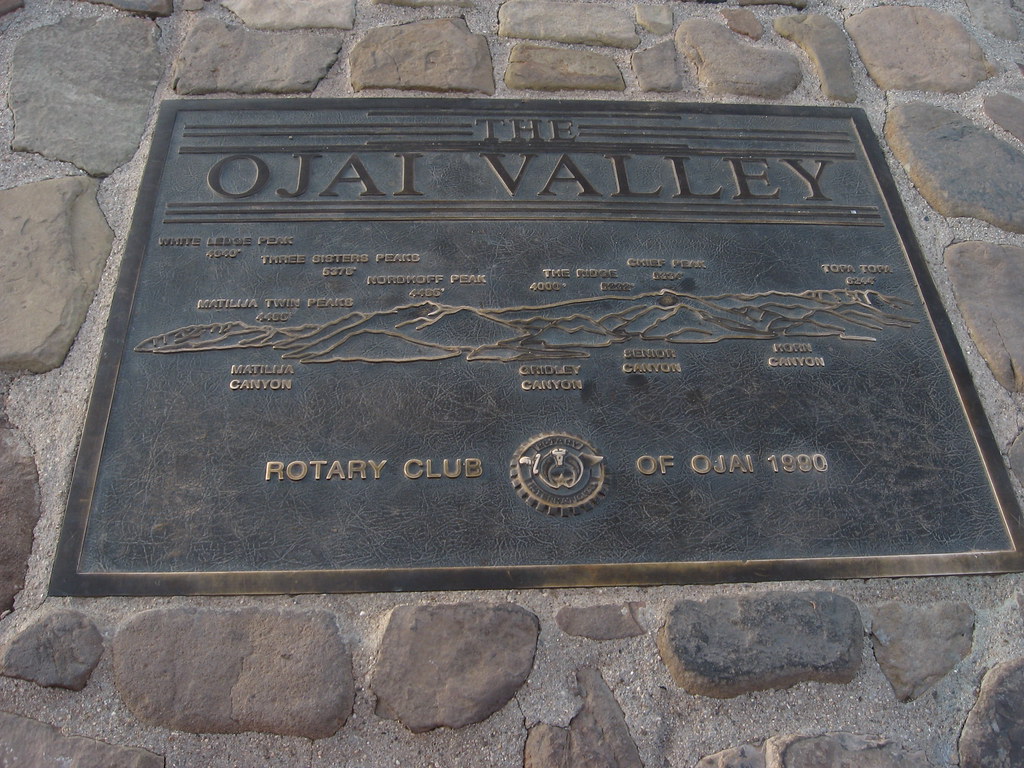
8. **A Rich and Complex Cultural and Linguistic Heritage**California’s identity is deeply rooted in a profoundly rich and complex cultural and linguistic tapestry, woven over millennia. Prior to European colonization, the region was one of the most diverse areas in pre-Columbian North America, home to at least 70 distinct Indigenous ethnic groups and an estimated 300,000 people. These diverse peoples developed sophisticated forms of ecosystem management, including forest gardening and controlled burning, demonstrating a deep, sustainable relationship with their environment. Their societies were characterized by varied political organizations, from bands and tribes to large chiefdoms on resource-rich coasts, and a nuanced understanding of social roles, including the ‘joyas’ who held specific spiritual and social functions within their communities.
The arrival of European explorers in the 16th and 17th centuries, notably the Spanish expedition led by Juan Rodríguez Cabrillo in 1542, marked the beginning of profound transformations. The Spanish Empire’s colonization, solidified by the Portolá expedition in 1769–70, led to the establishment of the mission system, with Father-President Junípero Serra playing a pivotal role. These missions, presidios, and pueblos, many chosen by expeditions such as those led by Juan Bautista de Anza, became the nuclei of numerous major cities, fundamentally shaping the state’s urban geography and introducing Spanish language and culture. Even a brief Russian presence, with a trading post at Fort Ross established in 1812, added another layer to this early colonial history.
Following Mexican independence in 1821, Alta California transitioned into a remote administrative district, where missions were secularized, and vast ranchos, owned by Californios, became dominant institutions, fostering trade in cowhides and tallow. The American conquest, prefaced by the 1846 Bear Flag Revolt and finalized through the Mexican-American War and treaties, brought further upheaval. The subsequent California Gold Rush in 1848 triggered an unprecedented wave of immigration, transforming the population from a mere 8,000 settlers in 1846 to 100,000 by 1850. This influx included U.S. citizens, Europeans, Middle Easterners, and Chinese, whose indispensable labor in building the transcontinental railroad was tragically met with anti-Chinese riots and the discriminatory Chinese Exclusion Act of 1882.
The state’s history is also marked by darker chapters, including the California genocide between 1846 and 1873, during which U.S. government agents and settlers perpetrated massacres against Indigenous Californians, leading to a catastrophic decline in their population. First governor Peter Hardeman Burnett instituted policies described as a state-sanctioned elimination, leading to thousands of deaths and de facto enslavement. In the 20th century, Japanese immigrants faced discrimination, with the 1913 Alien Land Act and the later internment during World War II, an act for which California officially apologized in 2020. These historical injustices underscore the profound struggles and resilience of California’s diverse communities in the face of systemic discrimination.
In recent years, California has embarked on significant efforts to acknowledge and address these historical legacies. Cultural and language revitalization initiatives among Indigenous Californians have gained momentum, reflecting a renewed commitment to preserving and celebrating their heritage. Notably, land returns to Indigenous stewardship have begun to occur, and landmark projects, such as the largest dam removal and river restoration project in U.S. history on the Klamath River announced in 2022, represent significant wins for California tribes. These actions signify an evolving understanding of justice and a commitment to fostering a more inclusive and equitable future that recognizes and values its deeply layered cultural and linguistic past.
Read more about: Claudia Cardinale, Italian Cinema’s Enduring Star and ‘Dream Girl,’ Dies at 87
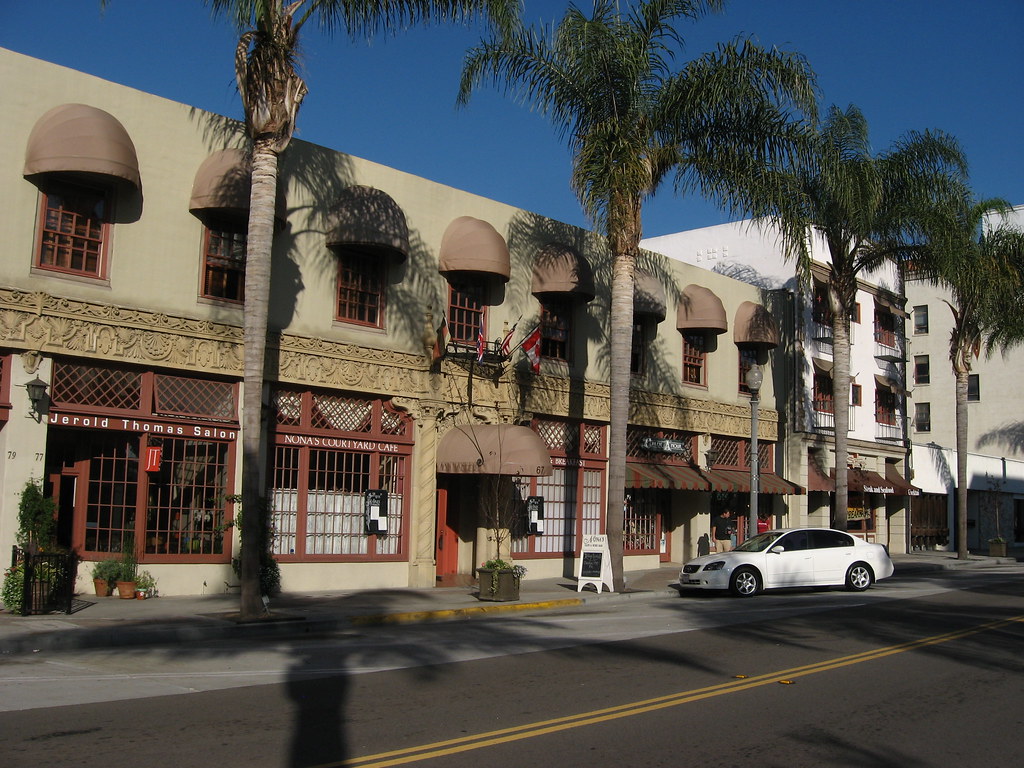
9. **Historical and Modern Energy Challenges**California’s economic and societal development has consistently been shaped by its evolving energy landscape, marked by both periods of innovation and significant challenges. Following World War II, the state’s economy experienced robust growth driven by its aerospace and defense industries, which, while energy-intensive, contributed significantly to its industrial might. California was a leading producer of military armaments, manufacturing 9% of U.S. armaments and ranking first in military ship production at drydock facilities across San Diego, Los Angeles, and the San Francisco Bay Area. However, with the end of the Cold War, the size of these industries decreased, prompting a shift in the state’s economic focus and, consequently, its energy demands and priorities.
The 2001 energy crisis stands as a watershed moment in California’s energy history, exposing critical vulnerabilities in its infrastructure and regulatory framework. This crisis led to widespread rolling blackouts, soaring power rates, and the necessity of importing electricity from neighboring states, severely impacting residents and businesses. Utility companies, notably Southern California Edison and Pacific Gas and Electric Company, faced heavy criticism for their roles in the crisis, which highlighted the delicate balance required to ensure a reliable and affordable power supply in a rapidly growing and environmentally conscious state. This event spurred a greater focus on energy policy and infrastructure resilience.
While addressing the reliability of its grid, California has also been a pioneer in tackling the environmental consequences of energy consumption. Early in the 20th century, the state grappled with pervasive “brown haze known as ‘smog’,” which posed significant public health concerns. In response, California, in conjunction with federal mandates, enacted pioneering restrictions on automobile exhaust, which substantially abated the pervasive air pollution. This historical commitment to air quality continues to influence the state’s approach to transportation and energy, driving policies that promote cleaner fuels and electric vehicles, thereby reducing emissions from one of the largest contributors to urban air pollution.
Today, California faces a complex array of modern energy challenges rooted in its ambitious climate goals and the inherent volatility of a changing environment. The state is committed to transitioning towards renewable energy sources, but this shift requires substantial investment in new infrastructure, grid modernization, and energy storage solutions to ensure stability and reliability. Furthermore, climate-induced events such as extreme heatwaves place immense strain on the electrical grid, while the ongoing threats of wildfires—which can be sparked by faulty power lines—underscore the need for resilient and safe energy transmission. These challenges require innovative technological solutions and adaptive regulatory frameworks to maintain a secure and sustainable energy future.
Thus, California’s energy journey reflects a continuous striving to balance the imperative for economic growth with environmental protection and grid reliability. From navigating historical industrial shifts and crisis moments to leading the charge in combating air pollution and transitioning to green energy, the state remains at the forefront of confronting complex energy dilemmas. Its experiences offer valuable lessons in developing comprehensive strategies for managing energy demand, fostering innovation, and building resilience in the face of both historical and emerging challenges.
Read more about: Leo Gerard, 78, Dies: A Detailed Look at the Life and Transformative Impact of a Steelworkers’ President
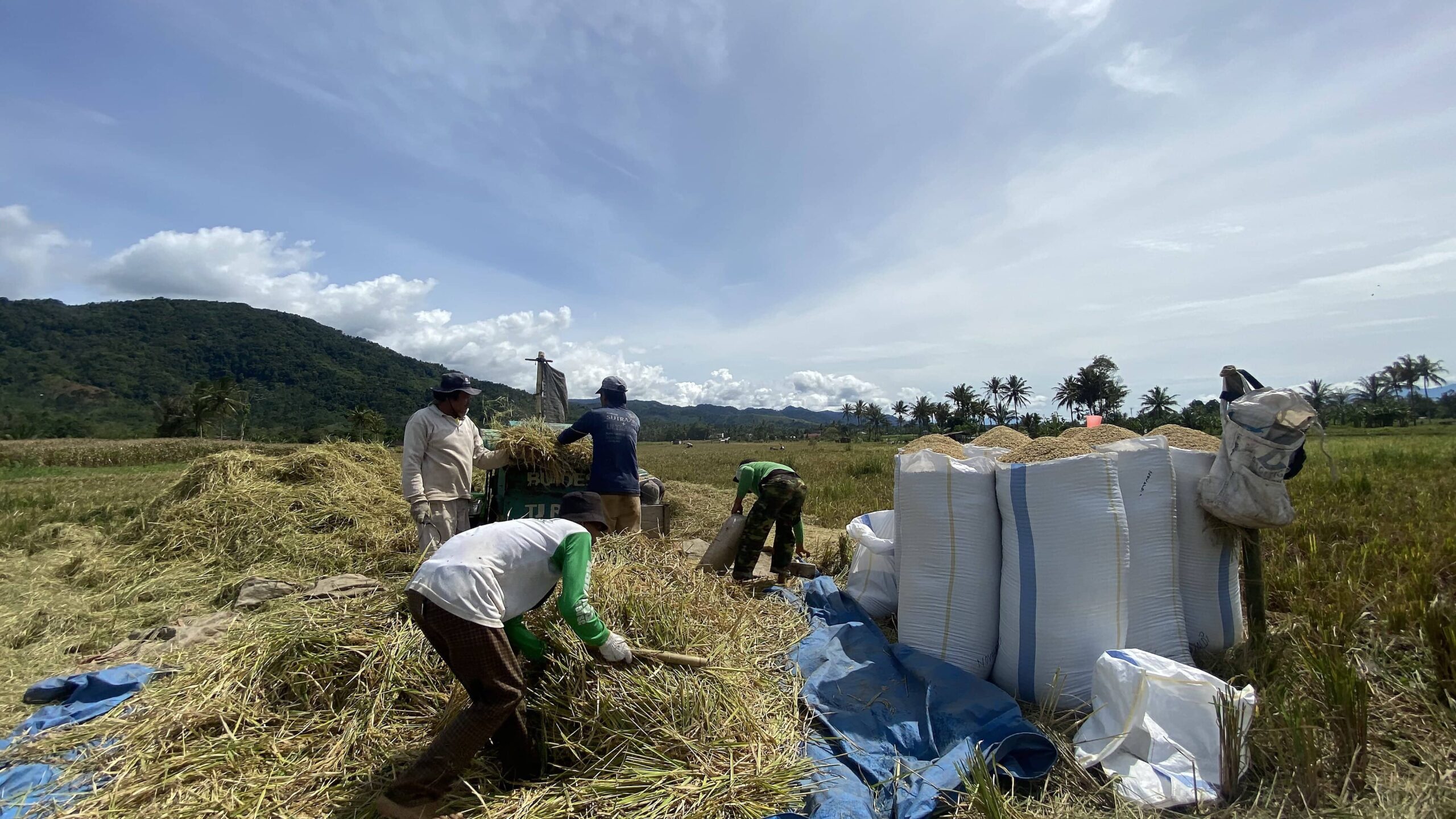
10. **The Intricate Balance of California’s Dominant Agricultural Sector**California’s agricultural sector is an economic powerhouse, consistently leading the nation in agricultural output and forming a cornerstone of both the state and national food supply. This remarkable productivity is fueled by an unparalleled combination of fertile land, diverse climates, and advanced farming techniques. The state’s farms produce a vast array of crops, including substantial contributions to the nation’s dairy industry, and are particularly renowned for their output of almonds and grapes. This sector’s sheer scale and variety underscore its critical importance, not just as an economic driver but also as a fundamental provider of sustenance.
At the geographical heart of this agricultural dominance lies the California Central Valley, a fertile area bounded by mountain ranges on all sides. This expansive valley, divided into the Sacramento Valley in the north and the San Joaquin Valley in the south, serves as California’s primary productive agricultural heartland. Within its vast acreage, farmers cultivate immense expanses of wheat, other cereal crops, various vegetable crops, cotton, and an impressive diversity of nut and fruit trees, including the iconic oranges of Southern California. The Central Valley’s unique geography and climate create an ideal environment for such extensive and varied cultivation, making it one of the most productive agricultural regions in the world.
However, the very success of California’s agriculture is inextricably linked to, and often in tension with, the state’s precious water resources. The vast scale of irrigation required to sustain these crops places immense demands on the state’s water supply, necessitating significant diversions from sources like the Sacramento-San Joaquin River Delta. This dynamic has historical precedents, as evidenced by the drying up of Tulare Lake due to diversions for agricultural irrigation. The ongoing challenges of drought, coupled with the need to balance agricultural water use with urban and environmental demands, create a continuous and complex management dilemma that defines the industry’s future.
Beyond environmental considerations, California’s agricultural sector has also been a crucible for significant social and labor movements. In the 1960s and 70s, civil rights activist Cesar Chavez rallied Mexican, Filipino, and other migrant farm workers in the state, advocating for better pay, improved working conditions, and fundamental human rights. These movements highlighted the often-overlooked human element of agricultural production, bringing to the forefront the struggles of the laborers who are essential to the industry’s success. The legacy of these efforts continues to shape labor relations and social equity discussions within the sector today.
Maintaining the intricate balance required for California’s dominant agricultural sector to thrive amidst environmental pressures, water scarcity, and social equity concerns is a monumental task. The industry must navigate the twin imperatives of maximizing yield and ensuring sustainability, all while adapting to a changing climate and evolving societal expectations. California’s continued leadership in agriculture will depend on its capacity for innovation in sustainable farming practices, equitable labor policies, and resilient water management strategies, demonstrating an ongoing commitment to a sector that is vital to the state’s identity and prosperity.
Read more about: Understanding the Forces Behind Soaring Fuel Costs: An In-Depth Analysis of Key Drivers and Regional Impacts Across the U.S.
In essence, California presents a unique confluence of immense natural endowments, human ingenuity, and persistent challenges. From its dynamic geological underpinnings to its diverse cultural heritage and its continuous evolution in energy and resource management, the state remains a compelling study of modern governance and societal development. Its journey reflects an ongoing effort to harmonize economic ambition with environmental stewardship and social equity, constantly pushing the boundaries of what is possible in a rapidly changing world.



